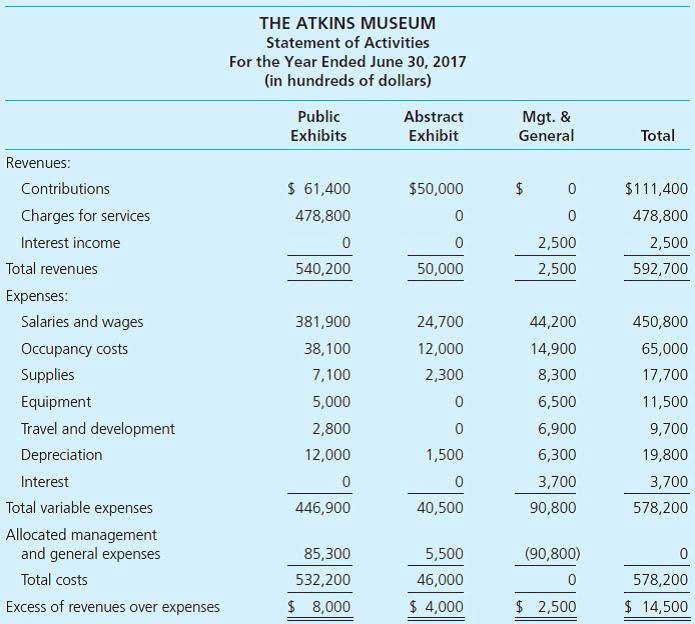
Since companies often purchase inventory on credit, a related concept is the working capital cycle—often referred to as the “net operating cycle” or “cash conversion cycle”—which factors in credit purchases. Generally speaking, the working capital metric is a form of comparative analysis where a company’s resources with positive economic value are compared to its short-term obligations. The working capital metric is relied upon by practitioners to serve as a critical indicator of liquidity risk and operational efficiency of a particular business. The working capital peg is usually first estimated at the LOI stage of an M&A transaction.

How to Find Change in NWC on Cash Flow Statement (CFS)
Therefore, a risk-return tradeoff is involved in managing the current assets of your business. We could also refer to this as non-cash working capital because the company’s current assets include cash, which we must exclude. To further complicate matters, the changes in working capital section of the cash flow statement (CFS) commingles current and long-term operating assets and liabilities. The current assets and current liabilities are each recorded on the balance sheet of a company, as illustrated by the 10-Q filing of Alphabet, Inc (Q1-24). Operating net working capital can be Travel Agency Accounting viewed as the amount of cash tied up in the net funding of inventory, accounts receivable, and accounts payable.
Why is NWC Included in the Purchase Price?
Luckily, in this transaction, we negotiated to exclude working capital from the purchase price, which is rare, but it allowed us to eliminate potential disputes regarding the timing of the calculation. In most M&A transactions, the target is acquired on a cash-free, debt-free basis. This means the seller keeps the cash but is responsible for paying off any debt at closing.
Anomalies in payments
We will also explore strategies to optimize net working capital and address common challenges companies encounter in managing this critical financial resource. Working capital is calculated using the assets and liabilities listed on a corporation’s balance sheet, with a focus on immediate debts and assets that can be converted to cash within a short period. Calculating working capital provides insight into a company’s short-term liquidity. A company with positive working capital generally has the potential to invest in growth and expansion. But if current assets are exceeded by current liabilities, the company has negative working capital and may face difficulties in growth, paying back creditors, or even avoiding bankruptcy.
Change in Net Working Capital Calculation Example (NWC)

Conversely, a decrease in working capital typically acts as a source of cash. One term that often pops up in financial discussions, and frankly, can make some eyes glaze over, is “working capital.” More specifically, the change in working capital. Thus, both are equally important while evaluating the company’s financial condition. So, if the company somehow classifies these items within Working Capital, remove and re-classify them; they should never affect Cash Flow from Operations. The Change in WC has a mixed/neutral effect on Best Buy, reducing its Cash Flow in some years and increasing it in others, while it always increases Zendesk’s Cash Flow. For both companies, the Change in WC is a fairly low percentage of Revenue, which tells us that it’s not that https://eparchitecture.com/is-the-cash-short-and-over-account-an-asset-2/ significant in either case.
- This means your business would have to search for additional sources of finance to fund the increased current assets.
- So, when you see a decrease in working capital on your cash flow statement (as an adjustment to net income), it means these changes provided cash to the business during that period.
- Calculating working capital poses the hypothetical situation of liquidating all items below into cash.
- Artificial intelligence streamlines the NWC calculation by quickly processing large volumes of accounting data, identifying anomalies, and forecasting future fluctuations.
- Since inventory is included in working capital as part of current assets, poor oversight can distort this key financial metric.
It clearly indicates the funds a company has on hand to fund its operations, pay off short-term liabilities, and other expansion plans. A change in working capital can have a significant impact on a company’s cash flow. Working capital is the difference between a company’s current assets (such as cash, accounts receivable, and inventory) and its current liabilities (such as accounts payable and short-term debt).

If your business has one or more outstanding loans, for instance, this debt will influence its net working capital. You’ll have to subtract the loan or loans from your business’s working capital to calculate its net working capital. And then, we need to find the difference between the current assets and the current liabilities as per the net working capital equation. A good level of the above indicates that the business has enough liquidity to meet the current financial obligation, which is extremely important to run daily operations smoothly. A fall in the amount of this capital is detrimental to the entity and leads to doubt about the efficiency of the management. Therefore, if Working Capital increases, the company’s cash flow decreases, and if Working Capital decreases, the company’s cash flow increases.
However, it could also mean too much of your money is stuck in things like unsold products (inventory) or waiting for customers to pay their invoices (receivables). This reduces dependence on external financing, minimising debt and interest costs. By enabling self-funded expansion, adequate NWC strengthens your business’s financial independence and fosters sustainable growth. We’re willing to bet that as a small business owner, you spend a significant proportion of your time thinking about cash flow and finances. Understanding net working capital (NWC) is a vital part of keeping your business what is change in net working capital financially healthy and ensuring its sustainability.

If the Change in Working Capital is negative, the company must spend in advance of its revenue growth – like a retailer ordering Inventory before it can sell and deliver its products. The Change in Working Capital could positively or negatively affect a company’s valuation, depending on the company’s business model and market. Therefore, there might be significant differences between the “after-tax profits” a company records and the cash flow it generates from its business. But you can’t just look at a company’s Income Statement to determine its Cash Flow because the Income Statement is based on accrual accounting. That explains why the Change in Working Capital has a negative sign when Working Capital increases, while it has a positive sign when Working Capital decreases.
Leave a Reply